7. Inferno (1980)
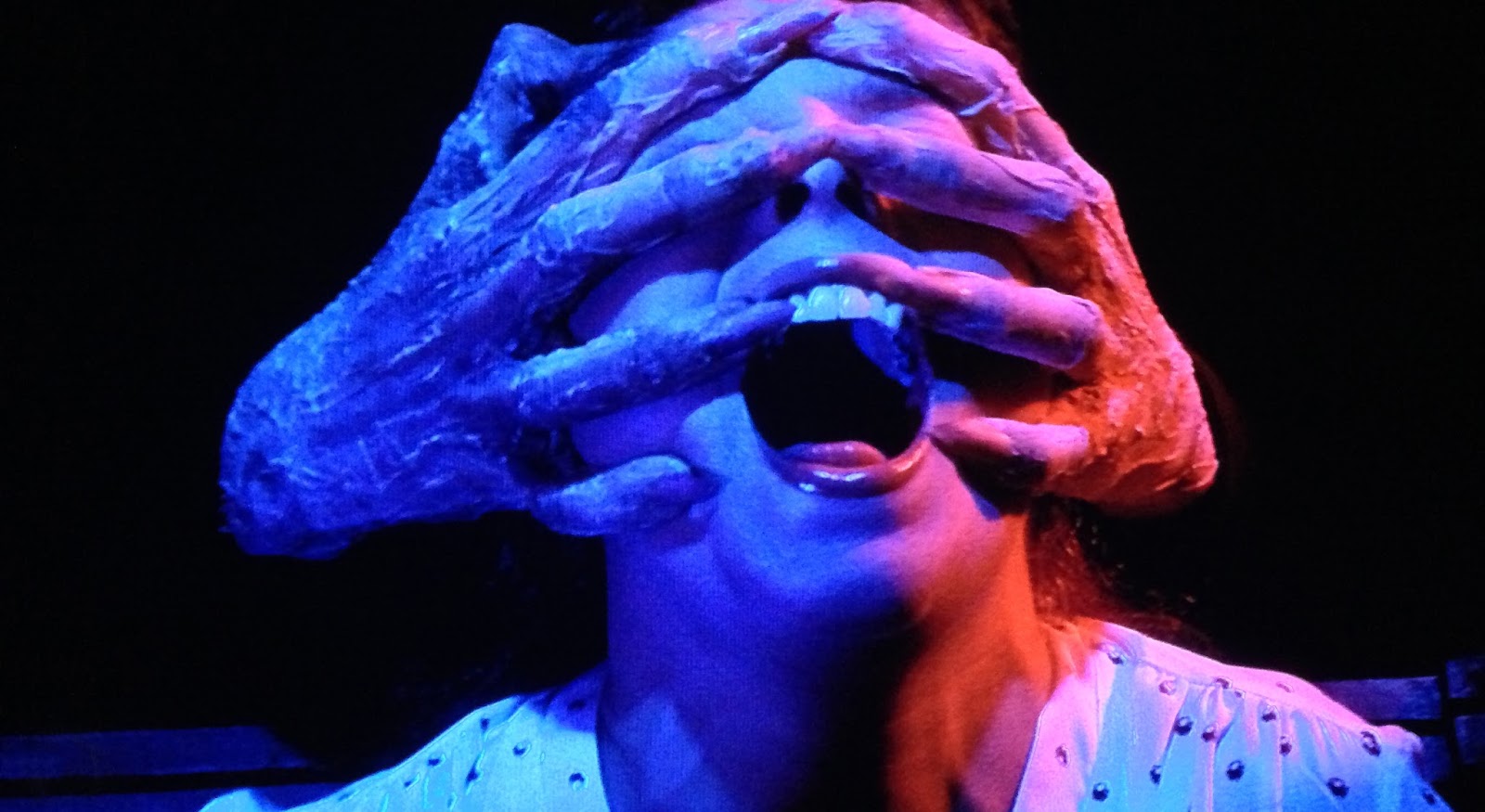
The second entry into the Mothers Trilogy pales in comparison to the truly brilliant original, but it’s obviously not without its merits. The plot focuses on a brother and sister who conduct probes into witches covens in two different cities; Rome and New York. The sister, Irene Miracle, is convinced that the building in which she lives is home to Mater Tenebrarum and writes to her brother asking him to join her there to help with the investigation.
Meanwhile, in Rome, as he sits in class reading that very note, Mark (Leigh McCloskey) finds himself drawn to the beautiful Mater Lachrymarum. The narrative, from this point on nose dives into ridiculousness and uninteresting character reveals and twists, plumped up with some rather strange, nonsensical imagery (the bookseller’s death for one).
Where it does succeed however, is in the quality of its visuals, which, whilst not on par with its predecessor, still make for a rather stunning film with some undeniably brilliant sequences, such as Rose’s dangerous underwater search for a key that finds her stumbling upon the witch’s den.
When Mark finally does make it to New York, Argento rewards viewers with a more than satisfactory final confrontation, it’s not nearly as impactful as Suspiria’s epic conclusion, but then was that never going to be the case, was it?
6. Phenomena (1985)
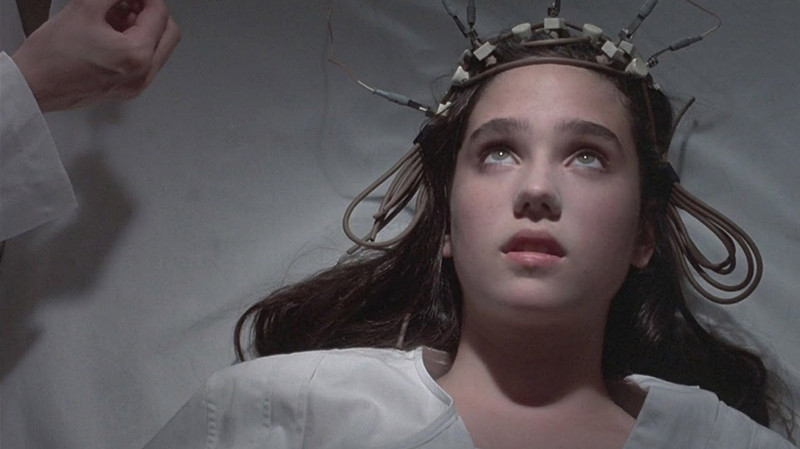
Phenomena doesn’t really get the credit that it deserves, it’s certainly not as consistent as his other “greatest hits” but it does feature a leading performance from a young Jennifer Connolly and feature Donald Pleasance as a Scottish entomologist, so far so good then.
In terms of its narrative, it does feel like a bit of a re-tread for Argento, with Connolly’s character – Jennifer Corvino – arriving at a famous boarding school to study, she attains a certain level of notoriety thanks to her famous father and penchant for sleep walking. Naturally, as she arrives at the school, a killer starts bumping off teenage girls, and only Jennifer and John McGregor (Pleasance) can stop him.
The opening sequence features a performance from a young Fiore Argento as a young tourist foolish enough to wander off in the wrong place at the wrong time. It’s genuinely creepy and undoubtedly one of the finest he’s ever created, shot amid beautiful mountainous scenery, the peaceful serenity juxtaposed with rattling chains as someone, or something frees itself from its binds and observes her before moving in for the kill. With hints of the supernatural and the scientific alike, Phenomena remains just out with the giallo genre, but it also ranks as one of the Master of the Macabre’s finest films to date.
5. The Bird with the Crystal Plumage (1970)
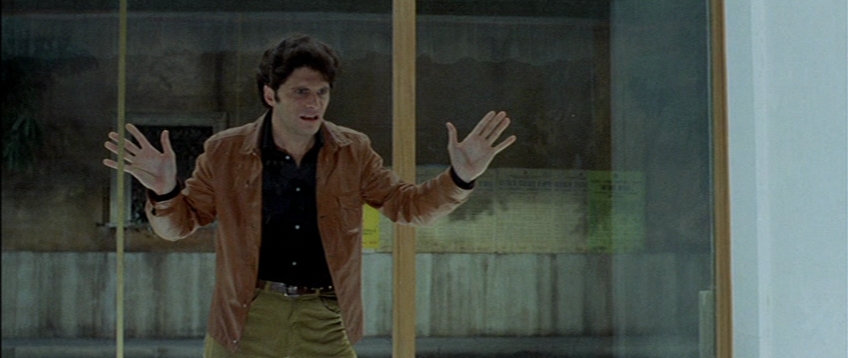
A real nod to Hitchcock, The Bird with the Crystal Plumage sees an American tourist become embroiled in the search for a vicious killer, after first being suspected of being the murderer himself, of course. This triggers a bond with the real killer that sees us through to the end of this utterly gripping thriller, taking in a myriad of intriguing and downright bizarre characters (the stuttering pimp who says “so long” at the end of every sentence for instance).
Where Argento’s debut is particularly effective though, is in how it forces the audience to watch on horrified, unable to interfere in what unfolds on-screen as the protagonist and his girlfriend stumble into situations where you genuinely feel for them, and fear for their safety.
It’s this bond between viewer and character that makes this such a prime example of how a thriller ought to be made. Most of the locations are beautifully draped in deep shadows, the phoneline is likely dead and the killer is usually skulking close-by, in most modern Hollywood flicks this would still be of little concern, but not here. Here, death can strike at any moment, and that will always keep an audience hovering precariously upon the edge of their collective seat.
4. Opera (1987)
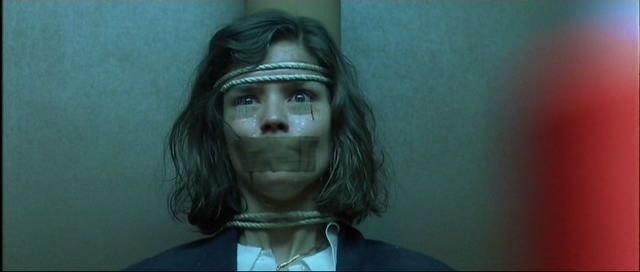
A thoroughly enjoyable and thrilling whodunnit centred on a young, up and coming opera starlet who has a mysterious connection to a killer, intimated through the use of dreams, that’s bumping off anyone standing in the way of her career progressing.
Cristina Marsillach plays the young actress with a murderous devotee, cast into the leading role when the actress intended for the part is forced to withdraw following a hit and run incident. But she was only the beginning, and as the death toll rises, so do the myriad over-the-top, gruesome and creative means of dispatching almost every prominent figure in the company.
Looking at Opera in such a fashion, it meets the criteria for a standard horror film, but Argento doesn’t stop there, there’s method to his madness, an intelligence that few other horror mainstays can possibly hope to match. For one, and this is a point that most casual observers might not see, but the manner in which the cast of the film’s production of Macbeth react in light of what is happening could itself be interpreted as a comment on how we consume violence.
Unlike the majority of American horrors wherein the cast typically lose all control of their bodily functions and whimper as their psyches collapse, here Argento has them numbed to what is happening, they aren’t quite as perturbed as they should be, but then, neither are we when we watch it, are we?
3. Tenebrae (1982)
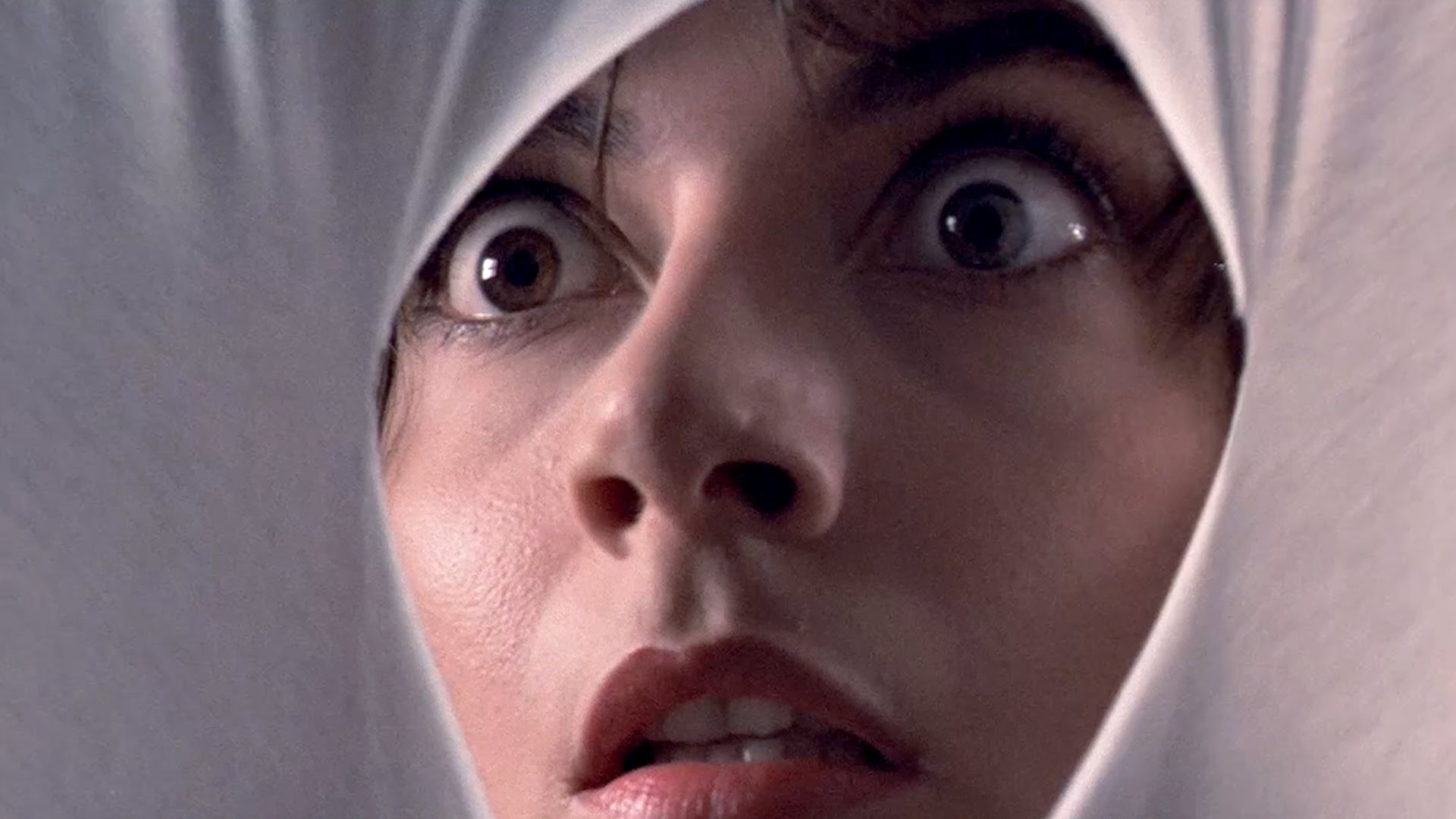
Like all classic horror films, Tenebrae features a slow, patient build up, something that will likely hold little appeal to today’s cinema going audience, but for true fans of the genre, this particular title, along with the bulk of Argento’s pre-1990 material, is something to be truly savoured.
Apparently inspired by the wealth of threatening letters that the director received from fans in regard to whom he was having murdered on-screen (claims of misogyny), Argento sought, to create a film in which the killings weren’t being carried out for no particular reason.
With this in mind, Tenebrae might very well fall under the domain of the psycho-thriller, it certainly features a great deal more effort than in the majority of his work to showcase the police procedures involved in the investigation into the antagonist. And he does this without ever slowing the pace down too much, or detracting from his mainstay fascinations and visual motifs.
Overall, the film is still something of a return to familiar giallo territory following the supernatural themed Inferno, Tenebrae is by no means a perfect film (the acting is rather weak for a start), but it’s a smart thriller that undoubtedly ranks it among the very best that Argento has ever made.
With a wealth of red herrings hiding amid its fairly convoluted plot, the usual fascination with psycho-analysis and some genuinely shocking moments, including a truly wonderful, and particularly gruesome finale, along with a brilliant revelation when the killer’s true identity is finally revealed to us. All of this combines beautifully to make Tenebrae one of the truly definitive Argento classics.
2. Suspiria (1977)

Probably the director’s best-known work, and for good reason too. The inaugural entry of what would become the Mothers Trilogy, Suspiria is a clear move away from the typical giallo style of movies for which Argento had become synonymous, and was instead a modern-day fairy tale with a clear step towards the supernatural. Or rather it became enveloped by it, but far more important than the mere thematical deviations was the incredibly stylish manner in which it was presented.
The aesthetics of Suspiria are what came to define it, from its gorgeous opening, to the consistent fashion in which colour and lighting were used to tell the story, almost comparable to the manner in which Kurosawa utilised movement.
It’s truly remarkable how he managed to maintain the constant malevolent presence of the film’s antagonist – despite her being invisible for the most part – she literally impinges upon almost everything that can be seen unfolding on-screen. Arguably the director’s finest technical achievement, Suspiria is a remarkable movie and a genuine masterclass in both horror film making and cinematography.
1. Deep Red (1975)
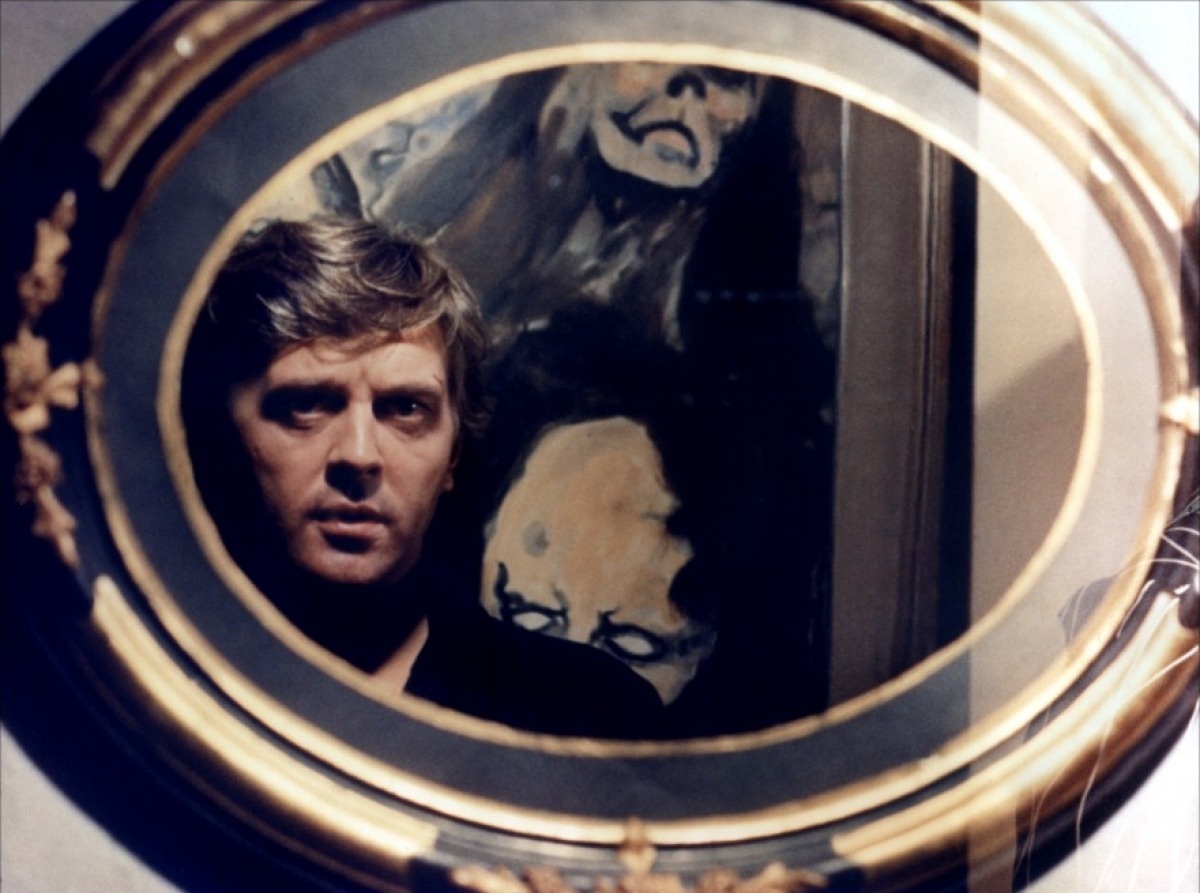
Quite possibly the defining moment of the entire giallo genre, Deep Red is a masterpiece and a cornerstone in the career of one of Italy’s greatest ever film makers. Combining his love of the whodunit with the beginnings of the visual excursions that would come to define Suspiria, along a range of memorable set-pieces and another score from long-term collaborators, Goblin, Deep Red is unquestionably a must-see movie for anyone interested in horror, or the giallo sub-genre.
Beginning with a celebrity psychic picking up on the terrifying machinations of an unknown killer, Deep Red moves quickly into the territory of Hitchcock as a seemingly innocent bystander is drawn into a web of intrigue and cold, bloody murder.
This man, a musician, begins to make inquiries of his own, and as his personal investigation into the spate of killings that seem to surround him draws ever closer to a conclusion, so the body count rises and the viewer is rendered as an unwitting confederate. Drawing on the theories of Sigmund Freud, the narrative cuts back and forth in time to show us the extensive impact of childhood trauma, culminating in a final reveal that will both shock and surprise.
Featuring typically brutal, over the top violence, interesting cinematography and one of the most complex narratives ever featured in an Argento film, Deep Red is nothing short of spectacular, making it quite possibly his finest film to date.